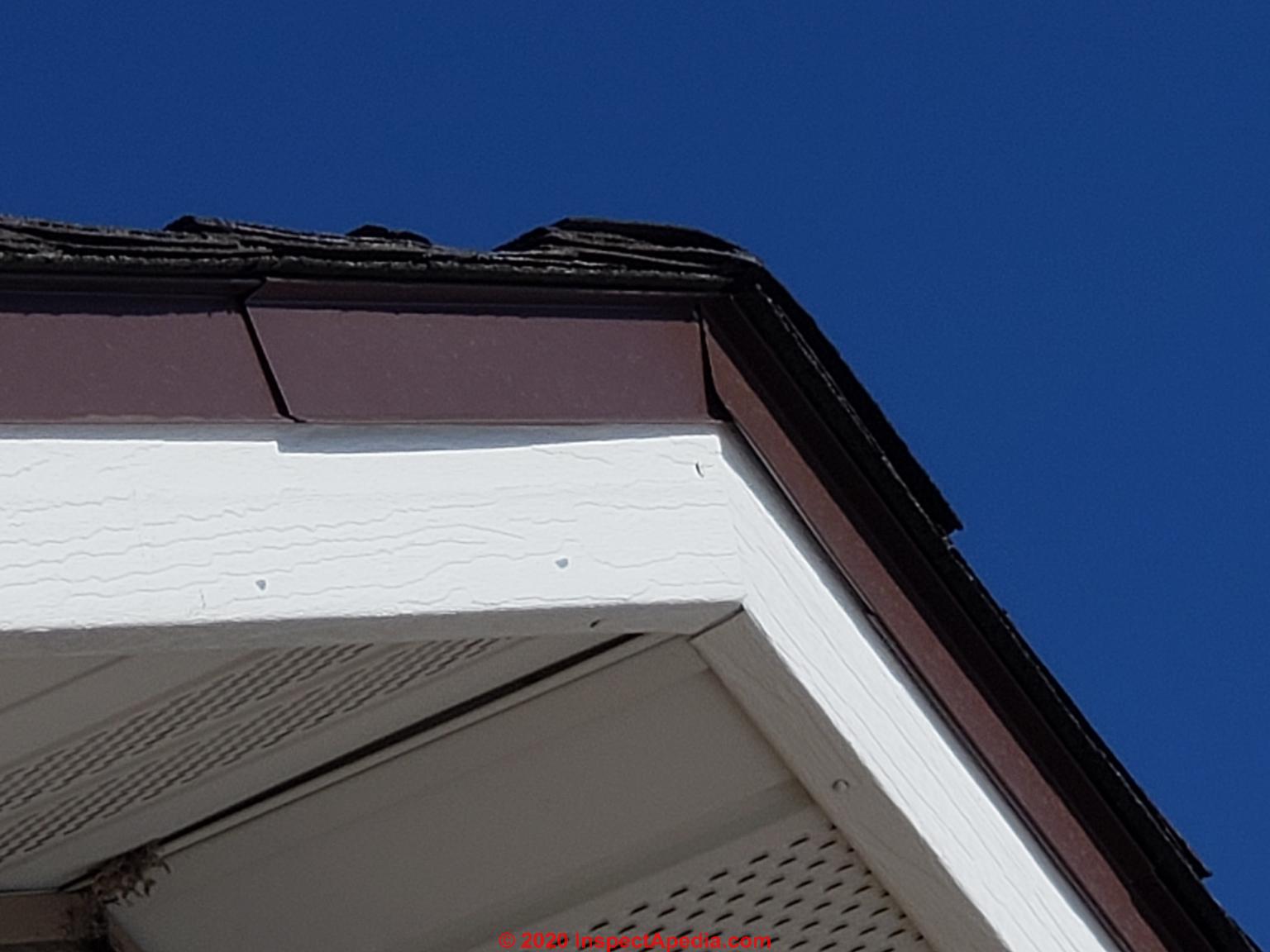The Ultimate Guide To A Comprehensive Guide to Flat Roof Repair Products

When it happens to fixing a standard roof covering, there are actually a lot of options accessible on the market. One of the most popular selections is liquefied rubber. Liquefied rubber is a synthetic rubber material that can be easily used to a standard rooftop to make a waterproof membrane. However, like any kind of roof covering component, there are pros and downsides associated along with utilizing liquefied rubber for flat roof repairs.
Pros of Using Liquid Rubber for Flat Roof Repairs:
1. Easy Application

One of the biggest perks of utilizing fluid rubber for level rooftop repair work is its ease of application. Unlike various other roof repair materials, fluid rubber can be easily administered using a comb or roller. Roof Roofers Near Me produces it an ideal selection for DIY enthusiasts or small roofing system tasks.
2. Waterproofing Properties
Liquid rubber has actually superb basement waterproofing properties which produce it an best selection for standard roofing systems that are prone to water leaks and water damages. Once used, it produces a seamless and water tight membrane layer that stops water coming from permeating in to the underlying structure.
3. Resilience
One more advantage of utilizing fluid rubber for standard roofing repairs is its longevity. It may stand up to harsh temperatures, UV radiation, and severe climate conditions without cracking down or deteriorating over opportunity.
4. Cost-Effective
Contrasted to other roofing system materials like asphalt or metallic, liquid rubber is relatively cost-effective and cost-effective in the lengthy run as it demands marginal maintenance over its life time.
Disadvantages of Using Liquid Rubber for Flat Roof Repairs:
1. Limited Different colors
One disadvantage of utilizing liquid rubber for flat rooftop repair work is that it happens in restricted colors which might not match the existing different colors system of your building.
2. Short Lifespan
Although fluid rubber has exceptional sturdiness properties, its life expectancy might be much shorter reviewed to other roof products like metal or cement ceramic tiles.
3. Solid Odor During the course of Installment
In the course of installation, liquid rubber releases tough fumes which may be undesirable and also unsafe if taken in in huge quantities.
4. Not Suited For All Flat Roofs
Liquefied rubber may not be suited for all styles of flat roof coverings. For instance, if your standard rooftop has a rocks area, it may require additional planning before applying liquefied rubber.
Conclusion:
In conclusion, liquefied rubber is a well-known option for flat roof covering repair services due to its simplicity of app, waterproofing residential or commercial properties, durability, and cost-effectiveness. Nevertheless, it likewise has its downsides like minimal colour options, quick lifespan contrasted to various other roof repair materials, sturdy scent during setup and not being suitable for all types of standard roofing systems. Prior to deciding on using fluid rubber for your level roofing repair work project, it's important to evaluate the pros and disadvantages properly and consult with an experienced roofing system specialist to make certain that it's the right choice for your certain requirements.
